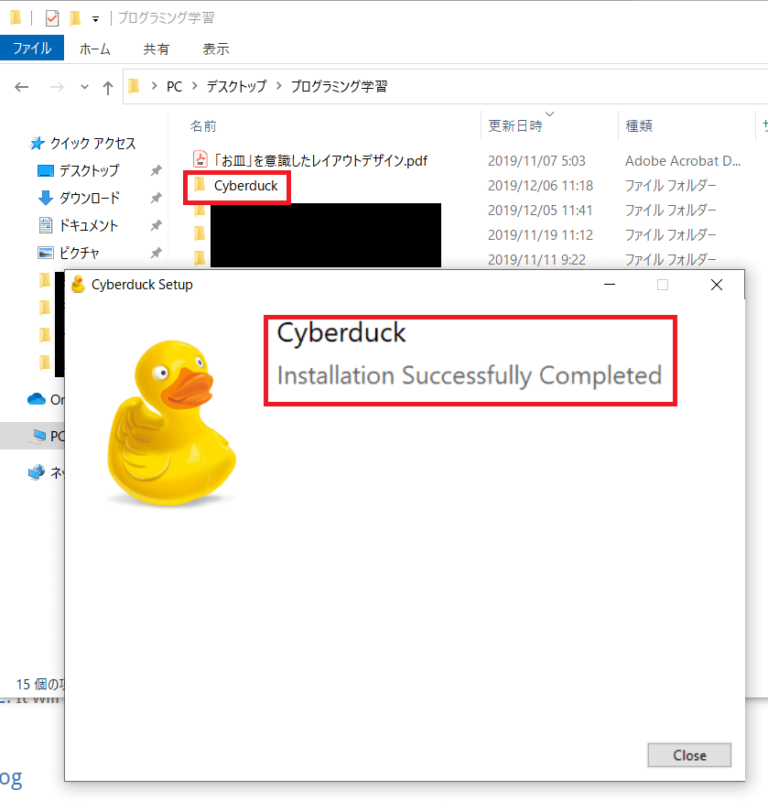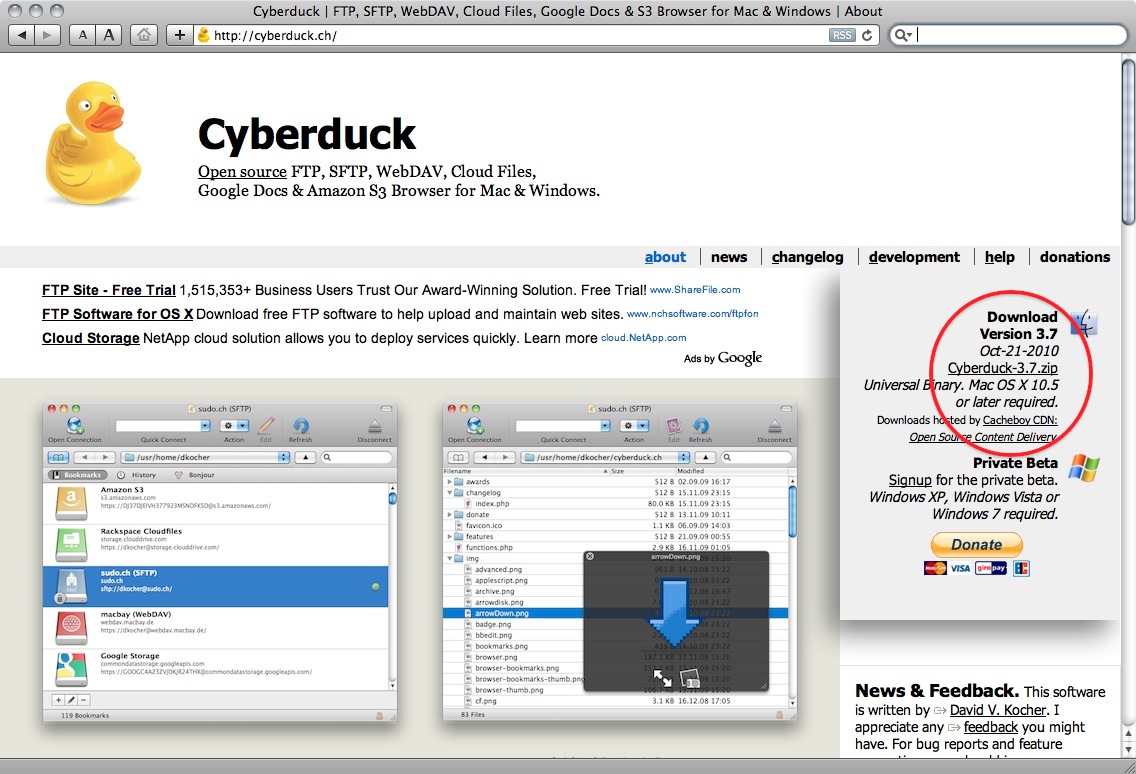


When the texture pack is downloaded, it is usually in the form of a. These are made by members of the community who have a lot of time and creativity to make some really amazing texture re-works.

png images that replace the textures of the original game to give it a different look. Adding Hi-Res Texture Pack for Majora's Mask The title in all capital letters is the internal ROM name.Ĥ. Exit out of the video emulator on the keyboard by hitting escape, and near the top of the screen you should see the following:Ĭore: Goodname: Legend of Zelda, The - Majora's Mask (U) This will trigger a several lines of text to come across the screen, followed by the emulator booting over the top of this text. opt/retropie/emulators/mupen64plus/bin/mupen64plus.sh mupen64plus-video-rice The\ Legend\ of\ Zelda\ Majora\'s\ Mask.n64 This can be done by navigating to the directory where your n64 ROM is located The easiest way to find the name is to start the emulator and load the rom from the command line of the raspberry pi. Since I'm really interested in playing The Legend of Zelda Majora's Mask, I elected to use this as a test game, and so I dragged the rom file for this game which I renamed to "The Legend of Zelda Majora's Mask.n64" into this folder.
#Retropie cyberduck update#
Once they are in this folder, Emulationstation search all the folders under ~/RetroPie/roms and will recognize that there is a game present and will update accordingly (Pretty nice!). Once you are connected to the Pi, you can simply drag and drop the ROMS into the n64 folder located at ~/RetroPie/roms/n64. Since they are small and the WiFi is set up now, it doesn't take to long to transfer this way.
#Retropie cyberduck password#
In Cyberduck, click "Open Connection" type in the local IP address of the Raspberry Pi where RetroPie is installed (usually 192.168.1.x, where x is another number), username of the Pi (default for RetroPie Image = pi), password (default = raspberry), and port (use port 22) open up a SFTP to allow me to transfer some N64 ROMs to the Pi. To do this, open Cyberduck on another computer where your ROM is located. I use Cyberduck, as you can open up the raspberry pi folder directly and drag and drop the ROM files into the proper folder. This is accomplished using SSH File Transfer Protocol (SFTP) which is just like using SSH to get into your pi (both use port:22) but it allows you to transfer files. Once you do have your ROMS, they are usually pretty small files, and so are conveniently transferred to the Pi using WiFi.


 0 kommentar(er)
0 kommentar(er)
